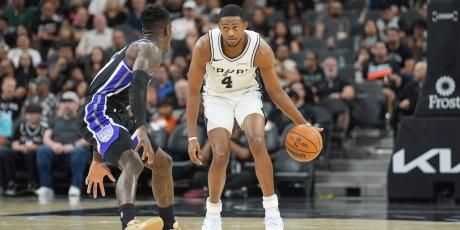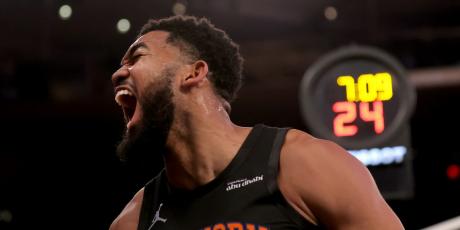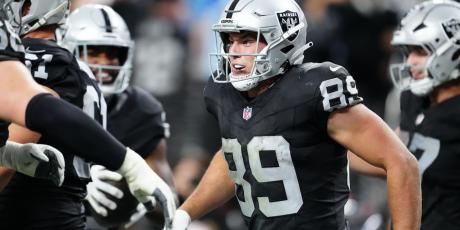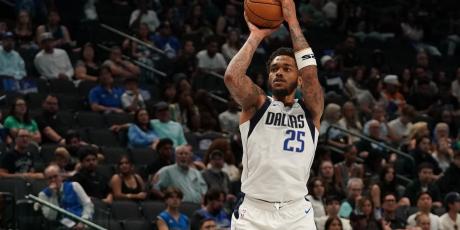Leveraging Ownership in NFL DFS

There are copious amounts of research available on 4for4 highlighting exactly why ownership matters in DFS. According to this TJ Hernandez' article on winning GPP lineups, you often need a low-owned quarterback to win a large-field GPP tournament. Additionally, the average GPP winning lineup had four players with under 10% ownership. It’s imperative that ownership plays a role when building your lineups. The key comes in understanding that your objective is not to score as many points as possible, but rather to outscore as many opponents as possible. They are two very different goals when creating a lineup. Due to the incredibly high variance of NFL players production, creating lineups that outscore your opponents requires you to take advantage of your opponents' flawed reasoning rather than maximizing projected value.
An eye-opening bit of research I did over the course of last season supports the idea that wisdom of the crowd can often be incorrect. In terms of meeting tournament value, the most highly recommended quarterback plays only reached value 37% of the time. At running back, only 22% of the top touted backs reached tournament value across the entire season. Wide receivers, predictably, came in at the lowest tournament hit rate of 13%. The highest recommended tight end plays reached tournament value at 28%. It’s pretty evident based on those numbers that blindly rostering the most popular plays is a flawed approach.
I will have two articles on 4for4 this year aimed at aiding DFS players to create better tournament lineups. The first article will focus specifically on ownership. I will highlight the players on the slate who will carry the most ownership at each position and which players are flying under the radar.
The main categories used to determine these ownership details will be:
- The pulse of the industry. Influencers, analysts, touts—whatever it is you call them—have a profound impact on which players are rostered on a slate. In conjunction with 4for4's ownership projections, I’ll gauge which players are being recommended most frequently around the industry.
- Recency bias. DFS players have a tendency to gravitate towards or away from players based on how they’ve performed in recent weeks.
- Matchup. The matchup rankings listed on DFS sites impact ownership immensely. Certain narratives also exist within the fantasy community that can be factored in. For instance, “the Browns can’t cover the tight end position” narrative will often give a bump in ownership to whoever is facing them.
- Pricing inefficiencies. Throughout the season, circumstances will arise after pricing has been released that will make certain players salaries inefficient. Usually, this comes in the form of a suspension, injury, or benching that thrusts a cheap player into a larger role. When this occurs, ownership levels are greatly impacted.
The second article will concentrate on my favorite contrarian stacks and stand-alone plays that you can utilize around your core player pool. The Definitive Guide to Stacking on DraftKings and FanDuel highlight the importance of correlation in your GPP lineups. This write-up goes hand-in-hand with my first. As you’ll need to understand where the ownership will be on a given week to determine which of your favorite plays are contrarian. My process for identifying my favorite contrarian plays is pretty organic and I feel as though it’s the opposite of how many novice players go about identifying theirs.
During Sunday Night Football, I will go through the next week’s matchups and jot down players that pique my interest. On Monday, I’ll do a bit more in-depth matchup research that includes projecting out plays run in a game and opportunity for each relevant player. I’ll use these factors to generate a preliminary player pool before I take the pulse of the industry so that my player pool isn’t influenced by others analysts. Once I have the players that I am bearish on, I will then use the variables listed above to gauge ownership. After doing so, it is blatantly clear which players in my pool will carry high ownership and which are contrarian. This article will focus mainly on players that I highlighted earlier in the week that are trending towards being contrarian plays and the basis behind why they stood out to me.
Another invaluable tool that can be used to create GPP lineups is 4for4's GPP Leverage Score Metric. The staff at 4for4 has created this metric that determines the odds of a player being a tournament-winning play and creating an implied ownership based on those odds. The odds of being a GPP-winning player are compared to projected ownership for the week to get a leverage score. Reading the attached article will explain exactly how to go about putting the leverage scores into practice.
I strongly recommend that you partake in a similar exercise of identifying your favorite plays of the week before diving into the vast array of weekly fantasy content. Once you’ve done this, you can use my ownership article to determine which players in your pool may carry low ownership. There’s no harm in looking for contrarian plays in neglected salary ranges or price point pivots after the fact, but I always use the previous method first. Once you’ve identified your contrarian plays, you can read up on the players I’ve chosen to be contrarian in my second article. There will be times when you haven’t identified any true contrarian plays in your initial research—my article can help you in that case.
Photo by Thearon W. Henderson/Getty Images.
Related Articles




















